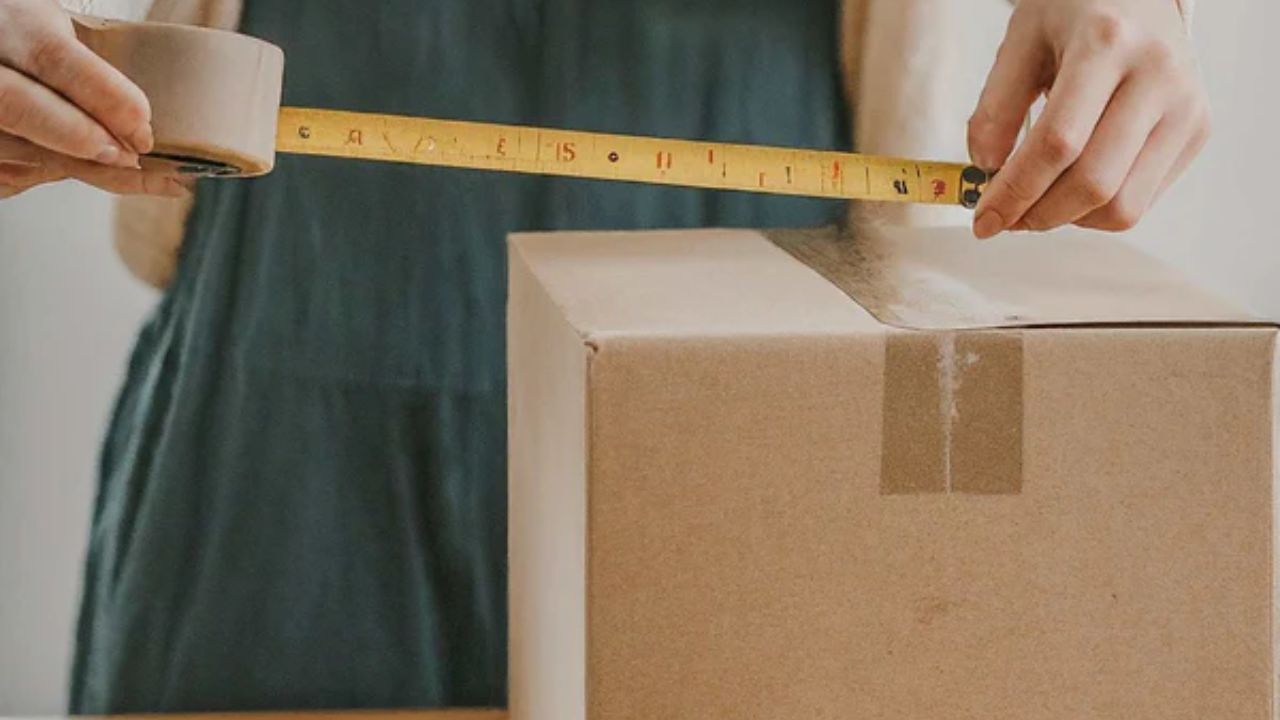Taking measurements of a box may appear as an easy and simple task, but in reality, taking accurate measurements of the external box, internal box, and the volume of the box is crucial and useful in the real world in cases like shipping, storage, and packaging designs. Precision is important in compliance with transport standards, to accommodate the required contents, and to make efficient use of material.
This is a step-by-step guide on how to get dimensions of a box. We will discuss steps to measure the internal and external measurements and the box's volume.
Understanding Box Dimensions
- Exterior Measurements: These are crucial for determining shipping costs and how the box will fit in storage spaces. Shipping companies often charge based on volume and weight, making external dimensions vital for cost estimation.
- Interior Measurements: These define the inside working space of the box, which is important in avoiding situations where the contents are either too tight or too free-moving moving, which is likely to cause damage.
- Volume Measurements: This is very useful for inventory management and shipping docks to determine how much space a particular box can take in a shipment or in the storage area.
Step-by-Step Measurement Process
1. Measure the Exterior Dimensions
To measure the exterior dimensions of a box:
- Firstly, the box should be placed on a flat and stable surface.
- Find the length, width, and height using a measuring tape.
- Start taking the measurements from edge to edge and make sure your measuring takes are lined up correctly.
- Record these measurements as length x width x height.
- For instance, if measuring a rectangular box, measure the longest side for length, the shorter side width, and the distance from top to bottom for height.
2. Measure the Interior Dimensions
Interior measurements can be slightly trickier due to the thickness of the box material, usually cardboard:
- Open the top of the box if it is not sealed.
- Insert your measuring tape into the box for each dimension.
- When measuring length and width, use the inside edges of the boat from one side to the other side.
- For height, start measuring from the inside bottom of the box to the underside of the top of the box.
- Subtract the thickness of the cardboard from each measurement to get accurate interior dimensions.
3. Calculate the Volume
Volume calculation depends on accurate length, width, and height measurements. For both exterior and interior:
- Multiply the length by the width and then by the height.
- For exterior volume: Volume=length×width×height
- To measure interior volume, use the formula:
- Volume=interior length×interior width×interior height.
Important Guideline to Measure Accurately
- Note that the box is not damaged or deformed, which can affect the measurements.
- Use a sturdy, straight measuring tape or a ruler for small boxes.
- For circular or odd-shaped boxes, measurements will need adaptations, such as using the formula for the volume of a cylinder if measuring a cylindrical box.
Using Measurements for Practical Applications
Accurate measurements allow businesses and individuals to calculate shipping costs, design custom inserts, and ensure products are protected during transport. For designers and manufacturers, understanding box dimensions aids in optimizing design for material efficiency and cost-effectiveness.
Conclusion
Although measuring a box - its interior, exterior, and volume may call for precision and detail, such a skill is useful in the logistics, manufacturing, and shipping industry. Now that you have read the article and understood how to get the dimensions of the box accurately, you will make sure you have the accurate measurements that you require in packaging and shipping, hence avoiding time wastage and high costs.


